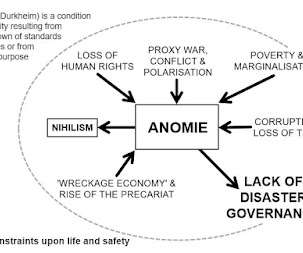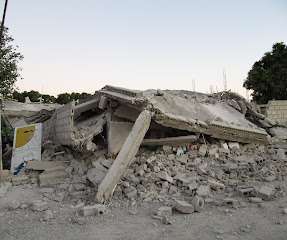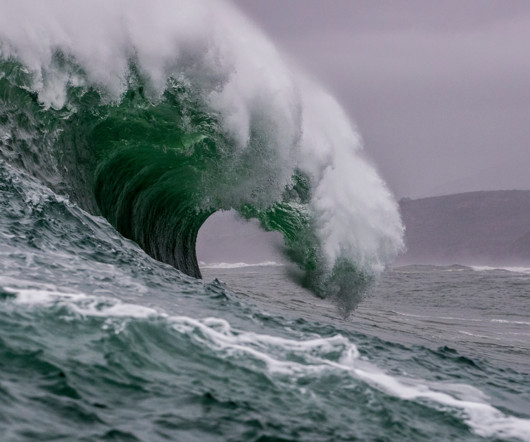Disasters: Knowledge and Information in the New Age of Anomie
Emergency Planning
JULY 29, 2019
Something similar has happened with the Internet and social media. Early views of social media (e.g. Although not characterised by loss of control, there has been a change in the way that media, and the information they purvey, are controlled. In modern disaster risk reduction, problem solvers abound. Bird et al.













Let's personalize your content